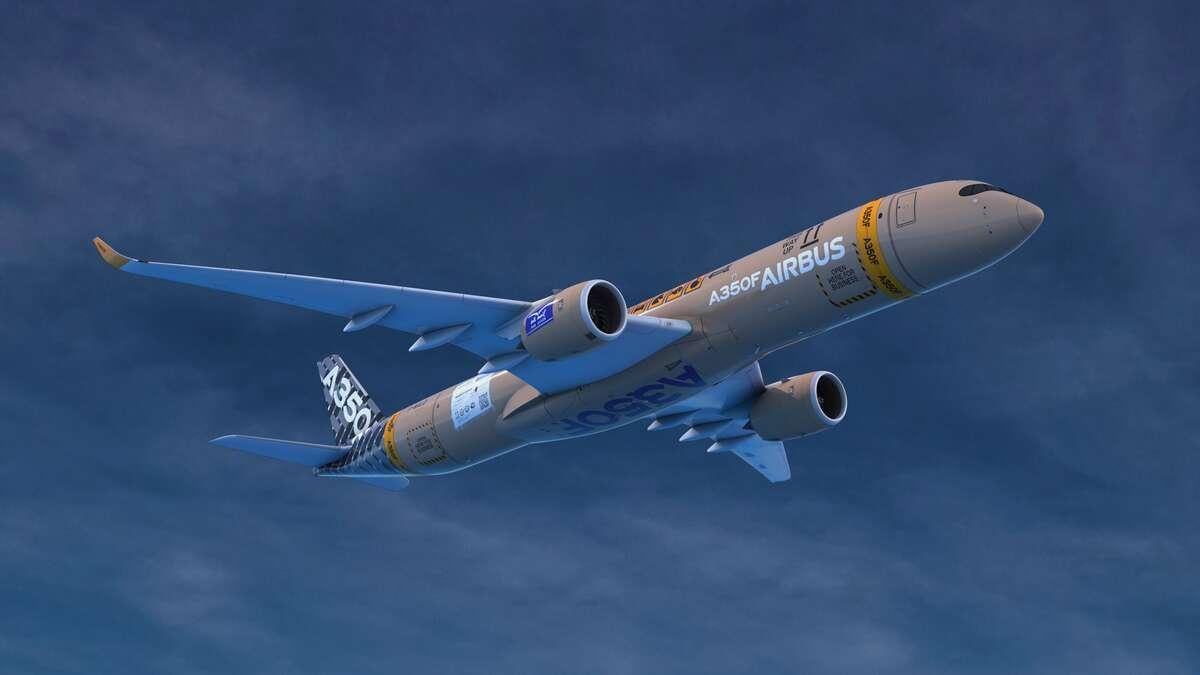
A rendering of the A350F, which will be powered by Rolls-Royce Trent XWB engines.
LONDON—Rolls-Royce is preparing for growing demand from the freighter market, a segment that historically has not been a large part of the the engine-maker's business.
“It is becoming more material to us,” Ewen McDonald, chief customer officer for Rolls-Royce’s civil aerospace unit, said in a press briefing in July.
The market is in growth mode, in part driven by e-commerce, he said, making it a good time to be in the sector. Route changes at airlines to focus more on leisure destinations also have shifted more of the balance of freight transport from belly cargo to dedicated aircraft, he added.
Rolls-Royce’s growth opportunity is largely driven by decisions Airbus has made with the A350F freighter program and the passenger-to-freighter (P2F) conversion of A330 widebodies. The Rolls-Royce Trent XWB powers the A350F, which has secured 10 customers so far since it was launched in 2021.
McDonald said there is demand over the next 20 years for 500 large cargo aircraft. The freighter market has been dominated by Boeing and GE, he added, though Airbus and Rolls are now vying for business, too.
The A330P2F program, launched more than a decade ago, is about to see a demand wave, McDonald suggested. “We see at least 250 A330ceos being converted to freighters,” he noted, projecting demand will peak around 2028 and 2029.
The lion’s share of A330 conversions so far have been with Rolls-Royce Trent 700 engines, he added. General Electric and Pratt & Whitney also power the A330ceo.
Demand for the A330P2F is partly driven by dwindling feedstock of suitable Boeing 767s, Ewen said, calling the A330 “the natural successor.”
The conversion program should yield long-term service revenue opportunities for Rolls-Royce on the Trent 700, with those A330 freighters likely to remain in service for a long time.
